… Parts We Barely Need, But Still Carry
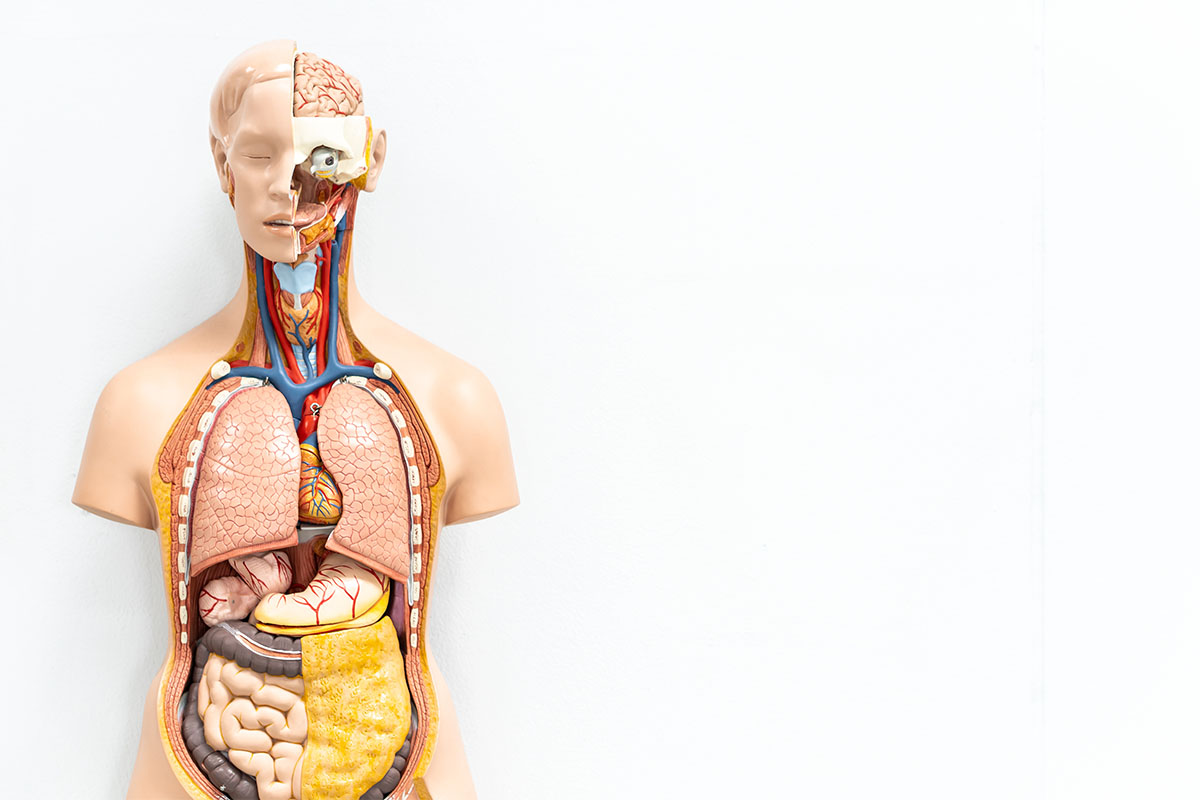
Your body carries hidden clues to its long history. Some features we barely notice today may once have been useful for survival — or may still serve subtle roles scientists are only beginning to understand. Not everyone agrees on exactly why we still have them, and scientists continue to debate their purpose. What is clear is that these body parts aren’t as essential to modern life as they might have been in the past — making them fascinating reminders of how our bodies have changed over time.
1. Appendix
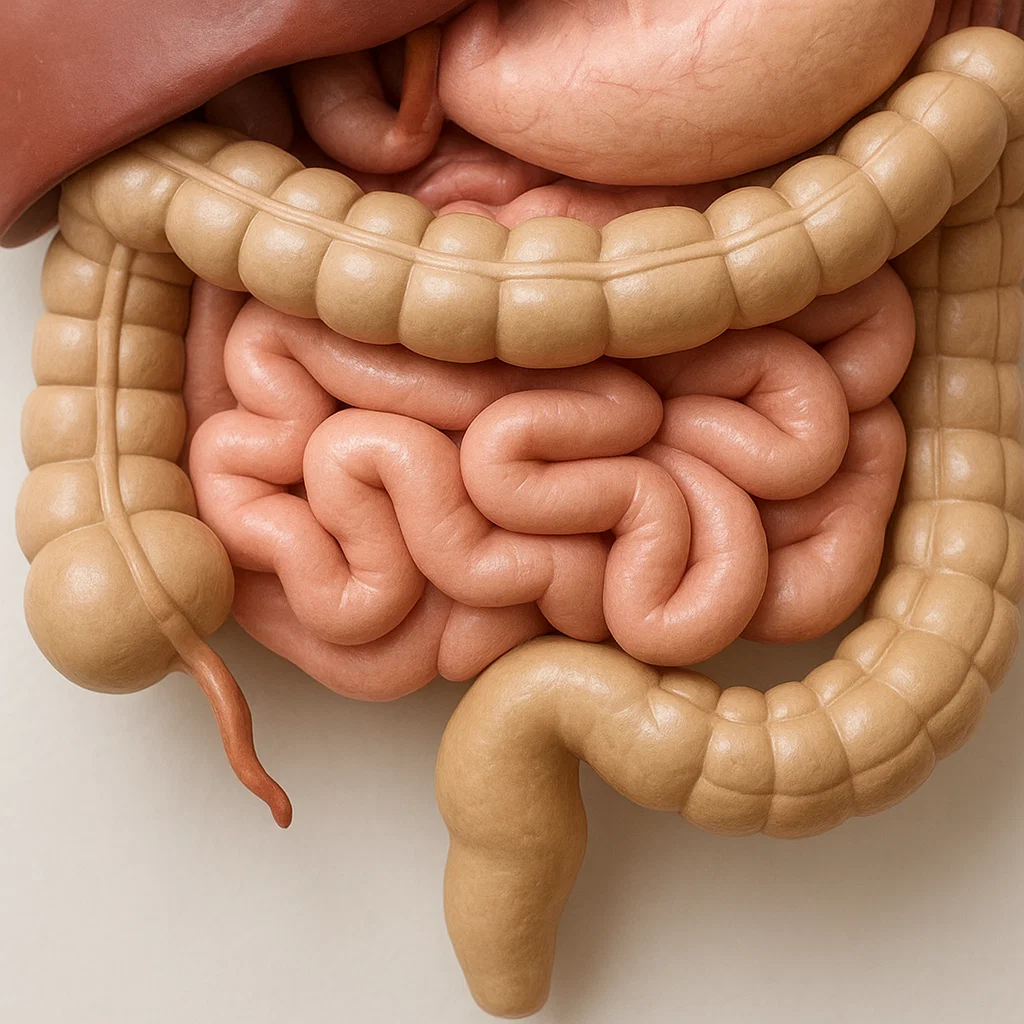
The appendix is a small, tube-like pouch connected to the large intestine. Long ago, it helped humans digest tough, fibrous plants when our diets were far more rugged. Nowadays, it plays only a minor role in supporting gut bacteria, and many people live perfectly fine without it. When inflamed, it can cause appendicitis, a painful condition often requiring surgical removal. Most people never notice it is gone afterward, proving it is no longer essential. It quietly exists in the background, doing just enough to justify its presence, yet never enough to make it indispensable in the modern human body.
2. Tailbone (Coccyx)
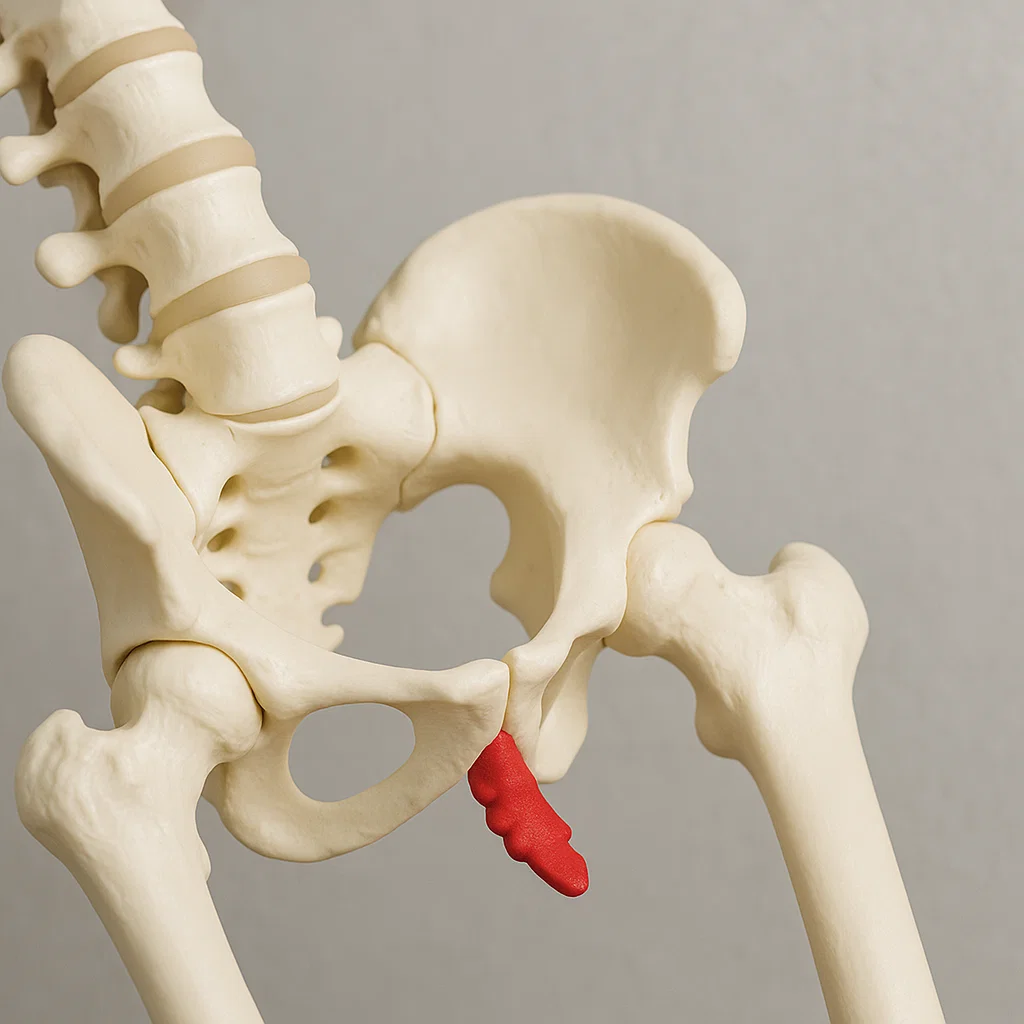
The tailbone is the last remaining trace of the tails our distant ancestors used for balance and mobility. It sits at the base of the spine, made up of small fused vertebrae that no longer move. While it does provide an anchor for certain pelvic muscles and ligaments, its practical use today is minimal. Injuring it can be surprisingly painful, yet it is not vital for daily function. The coccyx remains more as a silent relic than a working part, reminding us that our bodies once had features shaped for a lifestyle very different from the one we live today.
3. Wisdom Teeth
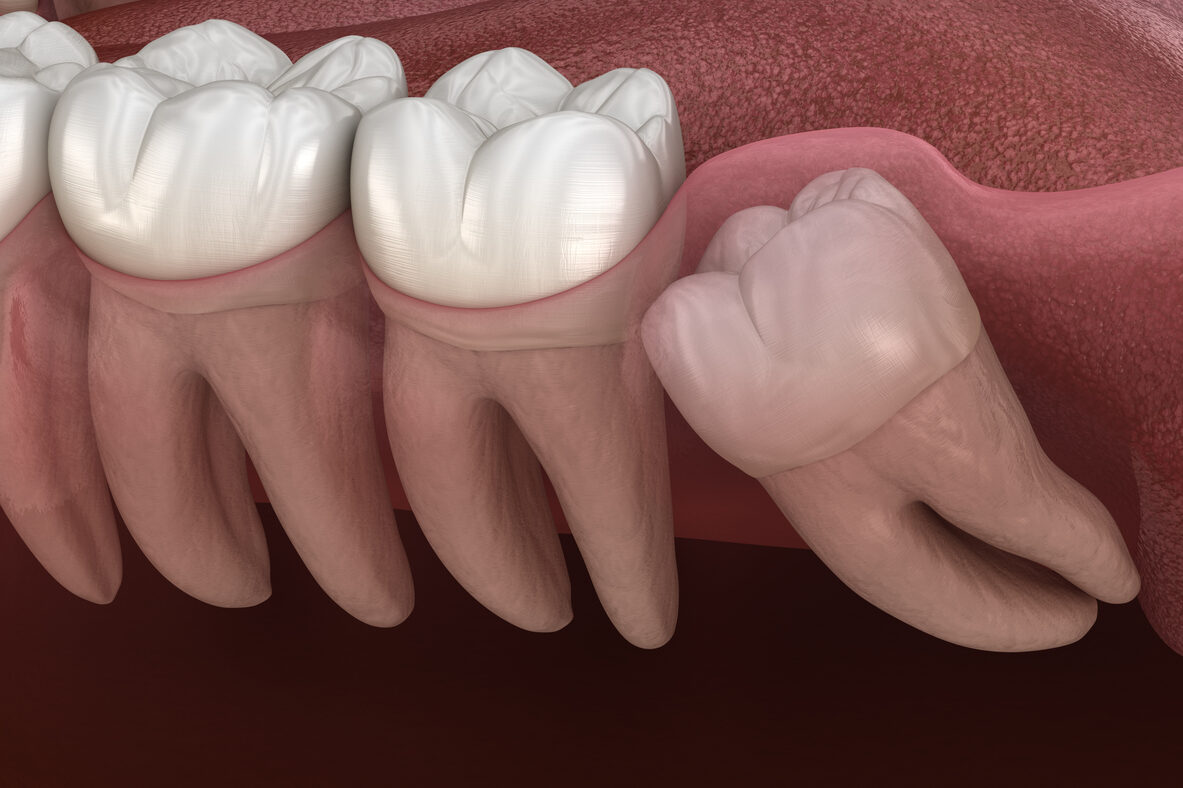
Wisdom teeth are the third set of molars that once helped humans chew coarse, fibrous food when our ancestors had larger jaws. With smaller jaws today, there is often no room for them, which can lead to pain, overcrowding, or infection. Many people have them removed before they cause problems, and their absence has no impact on eating or speaking. They appear in late adolescence or early adulthood, often serving more as an inconvenience than a benefit. Their persistence is simply a sign that evolution works slowly, leaving us with a part that is more trouble than it is worth.
4. Ear Wiggling Muscles
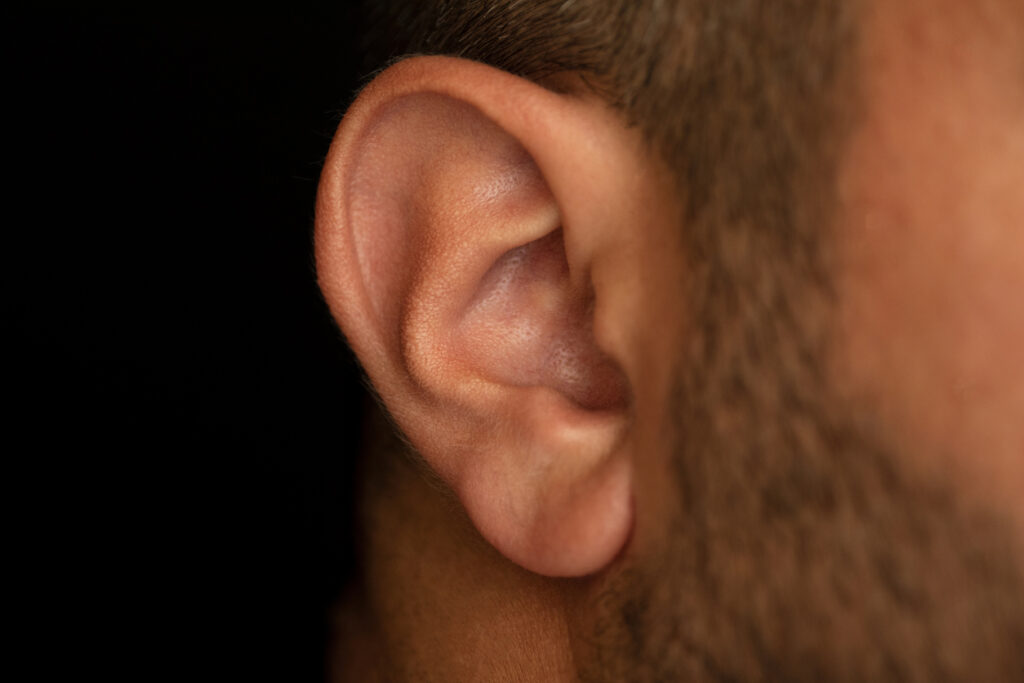
The tiny muscles around the ears once allowed humans to swivel them toward sounds, a skill that improved survival in the wild. Today, most people cannot control them consciously, though some may notice a slight twitch in response to sudden noises. While they no longer help us detect danger, they remain quietly embedded in our anatomy. A few people still retain the ability to wiggle their ears as a quirky party trick, but for the majority, these muscles are nothing more than leftovers from a time when hearing sharply in every direction was crucial for staying alive.
5. Goosebump Muscles (Arrector Pili)
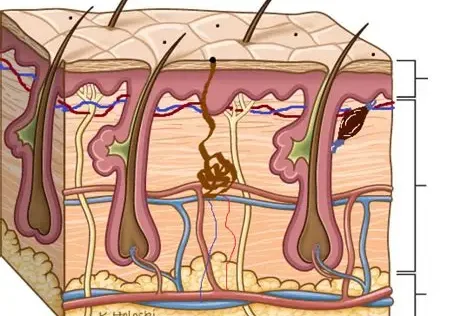
When you feel cold or scared, tiny muscles at the base of hair follicles contract, causing goosebumps. For our ancestors, this reaction helped trap heat by fluffing up body hair or made them appear larger to scare off predators. With little body hair today, this reflex no longer serves those purposes. Now, goosebumps are more of an automatic, harmless reaction to temperature changes or strong emotions. They are a small but fascinating reminder of how the body adapts over time, keeping old features long after they have stopped playing an important role in human survival or everyday living.
6. Third Eyelid (Plica Semilunaris)
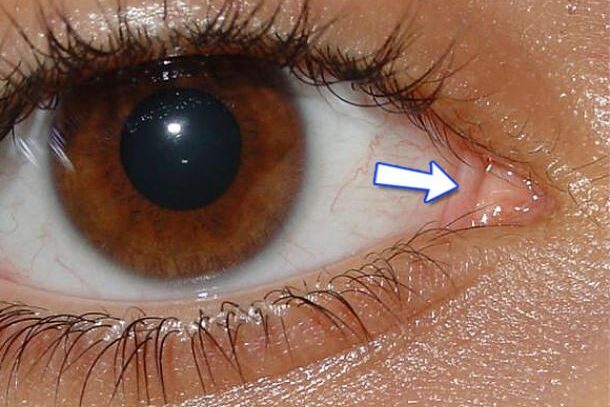
In some animals, a third eyelid sweeps across the eye to protect it and keep it clean without blocking vision. Humans have only a small fold of tissue in the inner corner of the eye, known as the plica semilunaris. It does not move or offer significant protection but may help with tear drainage. This tiny remnant serves no real purpose in modern life, existing as a quiet trace of our evolutionary history. While we no longer need such a feature for survival, it remains a subtle reminder of how our bodies have changed and simplified through the ages.
7. Palmaris Longus Muscle

The palmaris longus is a thin muscle running along the inner forearm, visible when some people touch their thumb to their pinky and flex their wrist. About one in seven people do not have it at all, and they function perfectly without it. Long ago, it likely helped with grip strength for climbing and tool use. Today, it is mostly unnecessary and is sometimes removed by surgeons for tendon grafts. Its absence makes no difference in daily activities, proving that not all parts of our bodies are vital, even if they quietly remain in place for generations.
This story 7 Body Parts You Don’t Really Need (But Still Have Anyway) was first published on Daily FETCH


